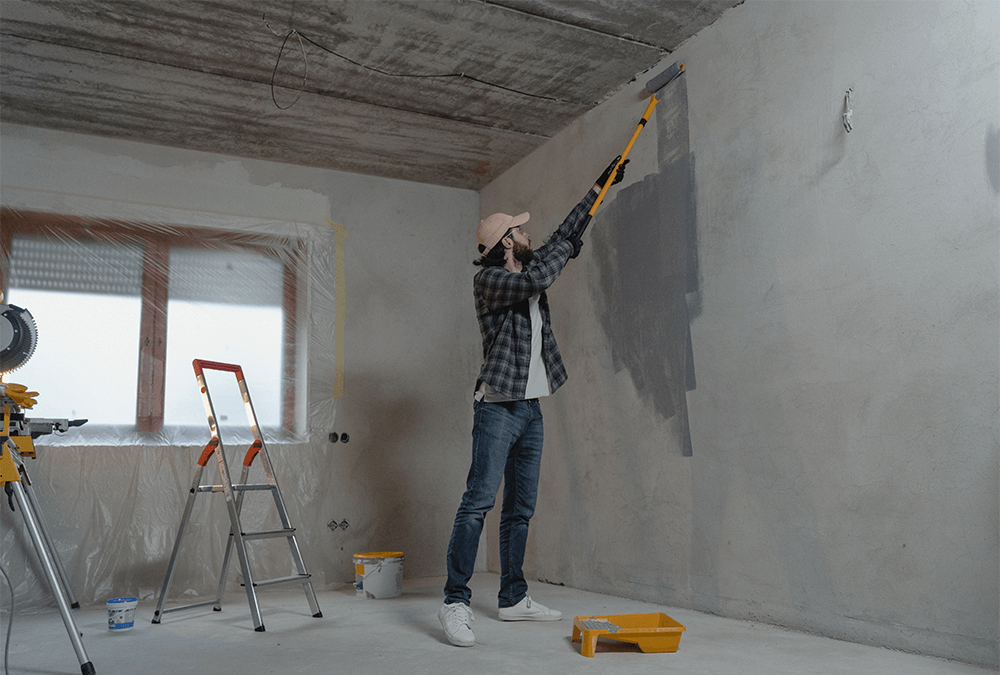
Painting a room can be a daunting task, but with the right tools and preparation, it can also be a fun and rewarding experience. Whether you’re looking to refresh an old room or add some new life to a brand-new space, painting is a great way to transform any room. In this blog post, we will go over some suggestions and checklist points to help you paint your room like a pro.
Tools and Materials
Before you begin painting your room, make sure you have all the necessary tools and materials. Here’s a quick list of what you’ll need:
- Paint
- Paintbrushes
- Paint rollers
- Roller covers
- Paint tray
- Painter’s tape
- Drop cloths
- Sandpaper
- Putty knife
- Primer (if needed)
Preparation
Preparing the room is a crucial step in the painting process. Here are some checklist points to consider before you start painting:
Clear the Room:
Remove all furniture, decorations, and any other items that may be in the way of painting. If you can’t remove large items like a couch or a bed, move them to the center of the room and cover them with a drop cloth.
Protect the Floor:
Cover the floor with a drop cloth or old sheet to protect it from any paint drips or spills.
Clean the Walls:
Clean the walls thoroughly to remove any dirt or dust that may affect the paint’s adhesion. Use soap and water to clean the walls and let them dry completely before you start painting.
Patch and Sand:
Inspect the walls for any holes, cracks, or other imperfections, and patch them with spackle or putty. Once the patch has dried, sand the area until it’s smooth.
Tape the Edges:
Use painter’s tape to mask off any edges, trim, or areas you don’t want to paint. Make sure the tape is applied securely and press it down firmly to prevent any paint from bleeding through.
Painting:
Now that the room is prepped and ready, it’s time to start painting. Here are some suggestions and tips to help you paint like a pro:
Start with a Primer:
If you’re painting over a dark or stained surface, start with a primer. The primer will help the new paint adhere better to the wall and also ensure that the color looks even.
Cut in the Edges:
Use a paintbrush to cut in the edges around the ceiling, corners, and trim. This will create a clean and sharp line where the wall meets the ceiling or trim.
Use a Roller:
Use a paint roller to cover the larger areas of the wall. Roll the paint in a “W” or “M” shape to ensure even coverage and to prevent roller marks.
Work in Small Sections:
Work in small sections, about 3-4 feet wide, to ensure that the paint stays wet and doesn’t dry too quickly. This will also help you maintain a wet edge and prevent lap marks.
Apply Multiple Coats:
Apply multiple coats of paint to ensure that the color is even and the walls are fully covered. Allow each coat to dry completely before applying the next.
Remove the Tape:
Once the paint is dry, remove the painter’s tape carefully to avoid peeling off any fresh paint.
Final Thoughts:
Painting a room can be a fun and rewarding experience, and with the right preparation and tools, you can achieve professional-looking results. Use this checklist as a guide to ensure that you’re fully prepared before you start painting, and don’t be afraid to ask for help if you need it. Happy painting!












